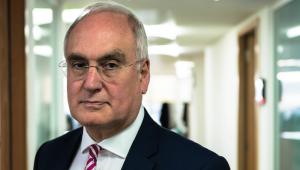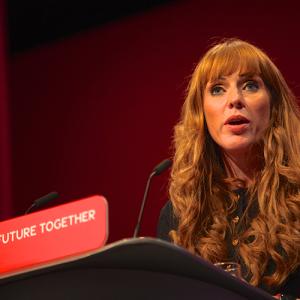By Richard Johnstone | 10 December 2014
The performance of England’s secondary schools has stalled in the last year, with poor and inconsistent leadership hindering improvements, Ofsted chief Sir Michael Wilshaw said today.
Publishing the watchdog’s annual report, the chief inspector highlighted that primary school standards were continuing on an upward trajectory – with more than eight in ten schools now rated at least good.
However, he warned that this rate of improvement was not being matched by the secondary sector, despite it being made clear what was needed to improve.
The report found that, of the secondary schools inspected in the last year, a similar number declined as improved. Overall, 50 more secondaries are now in special measures compared a year ago, and more than 170,000 pupils now attend secondary schools rated inadequate.
‘Many secondary schools are also doing a superb job, where leadership is excellent, teaching is inspirational and the ethos fosters a learning culture,’ Wilshaw said.
‘However, weaker secondary schools are not improving at the same rate as their primary school counterparts and too many are declining.’
In total, 82% of primary schools were now rated good or outstanding, up from 78% a year ago, but the overall proportion of good or outstanding secondary schools remains unchanged at 71%.
In 13 local authority areas, children have a less than 50% chance of attending a good or outstanding secondary school, Wilshaw highlighted.
It was time to move away from a debate about school structures, such as academies and free schools, to focus on what works in all settings, he said.
‘The essential ingredients for success are no secret and have been well documented from time immemorial – strong leadership, a positive and orderly culture, good teaching and robust assessment systems.’
Reporting to the report, Chris Keates, general secretary of the NASUWT, said Wilshaw had repeated claims made in every other annual report in Ofsted’s history that the education system is improving but also falling significantly short of the mark.
‘Ofsted appears to be focusing its attention to an increasing extent on the quality of leadership and management in schools. However, the consequence is that this pressure is leading too many school managements to impose workload-intensive and punitive requirements on teachers which are diverting them from focusing on the needs of pupils and do nothing to raise standards,’ she said.
‘If Sir Michael Wilshaw is serious about ensuring that his expectations are understood correctly across the education system, he should ensure that his inspectors challenge such practices and hold those school leaders to public account when they seek to use Ofsted as an excuse for ineffective leadership and management.’
Brian Lightman, general secretary of the Association of School and College Leaders, which represents secondary heads, said the annual report showed that there was now the highest ever proportion of good and outstanding schools.
‘Even when measured against the very high bar we have now, 71% are good or outstanding. Those schools are educating many hundreds of thousands of young people who are benefitting from a great education.
‘While we know there remains room for improvement, we must recognise the journey that secondary schools have been on. In this period of massive reform, when Ofsted inspection has become even more rigorous, secondary schools should be congratulated for their achievements.’




















